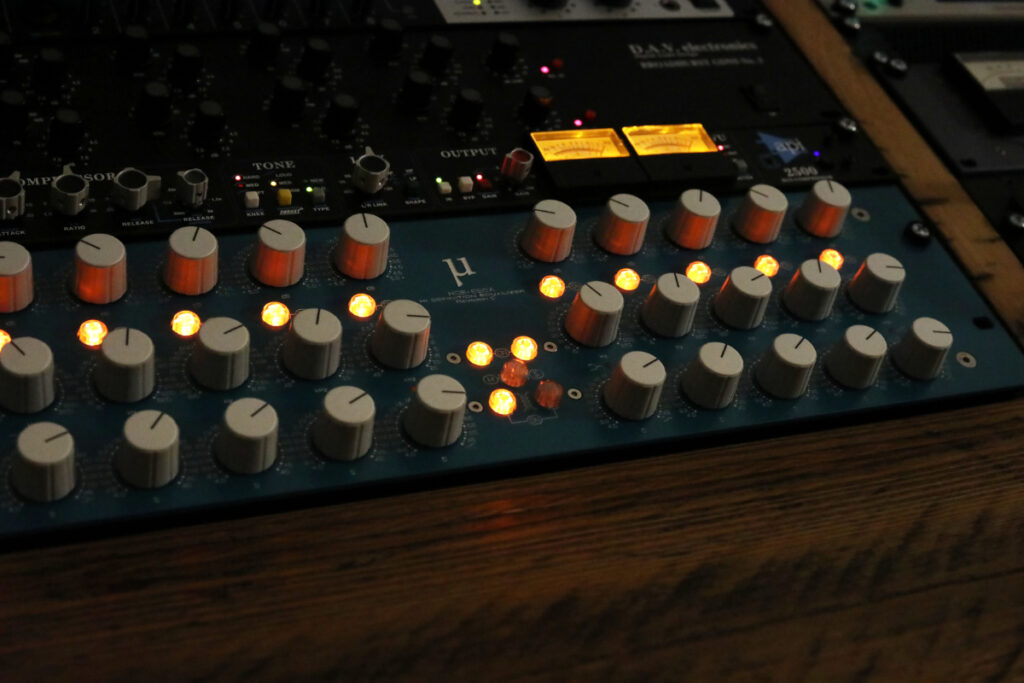They’ve been around for a couple of years, but dynamic range and loudness meters still aren’t that widespread. We’ve recently starting using both for mastering and thought it was high time we offered up a primer.

5 reasons why analogue still matters in mastering
Even pro mix engineers tend to work in digital these days. So why do professional mastering engineers still predominantly work in analogue? Here are 5 reasons.

